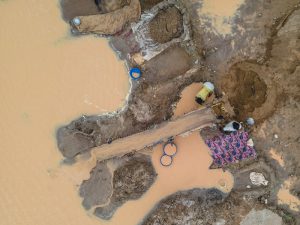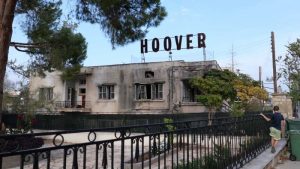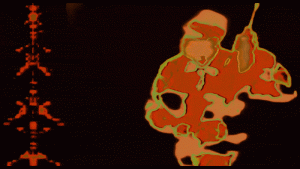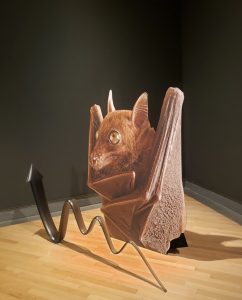Some 4,000 drawings, models and audio tapes produced by Archigram is to be catalogued and digitised over three years and made available to the public on a special website.
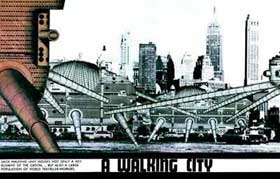
Archigram dominated the architectural avant garde in the 1960s and early 1970s with its pop-inspired visions of a technocratic future.
“A new generation of architecture must arise with forms and spaces which seems to reject the precepts of ‘Modern’ yet in fact retains those precepts. We have chosen to by pass the decaying Bauhaus image which is an insult to functionalism. You can roll out steel – any length. You can blow up a balloon – any size. You can mould plastic – any shape. Blokes that built the Forth Bridge – they didn’t worry,” wrote David Greene in 1961.
Two of the group’s cult projects: the Walking City, in which a city of reptilian structures glided across the globe on enormous legs until its inhabitants found a place where they wanted to settle; and the crane-mounted living pods that could be plugged in wherever their inhabitants wished in Plug-in City.
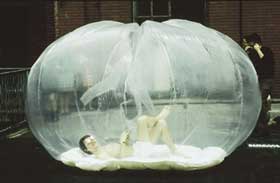
The group also imagined that miniature devices could fulfil the functions of traditional buildings: capsule homes like Gasket Homes and Living Pod, or the Cushicle mobile environment (image above) and wearable house, the Suitaloon. In 1968, the group proposed to transport all the entertainment and education resources of a metropolis in an Instant City airship (image below), which would fly from place to place and temporarily land in communites to enable the inhabitants to enjoy the buzz of life in a city.
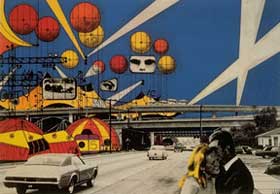
In 1969, the group opened an architectural practise after winning a competition to design a leisure centre in Monte-Carlo. The design was of an enormous circular dome buried underground by the Mediterranean.
The funding collapsed and the leisure centre was never built. When the practise dissolved in 1974, Archigram had realised three projects: a children’s playground in Milton Keynes, an exhibition at the Commonwealth Institute in London and a swimming pool for the singer Rod Stewart (wish i could find a picture of this one).
Via archinect Building Design. Background info and images on the Design Museum, Gabion and Arcspace websites.

